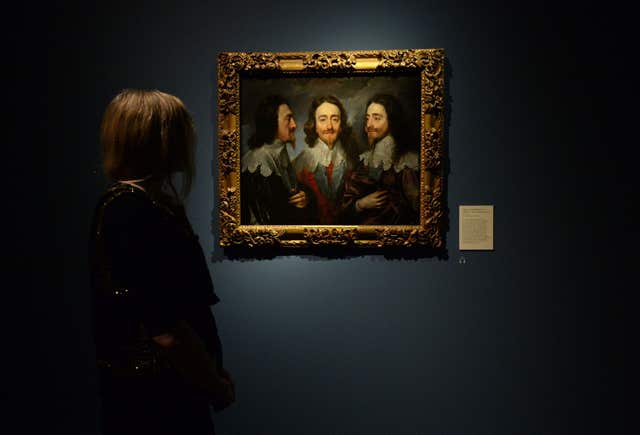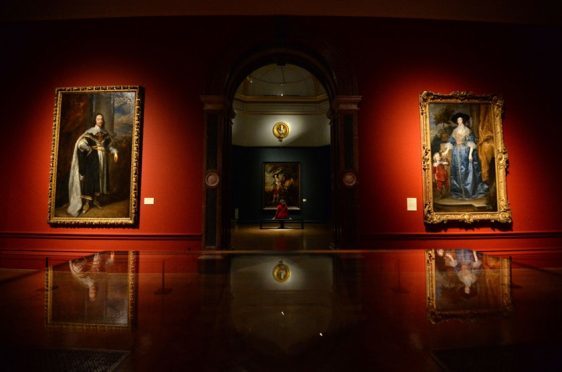Paintings from Charles I’s art collection, sold and dispersed across Europe following the monarch’s execution, have been reunited at the Royal Academy.
Described as one of the most “extraordinary ever assembled”, the works were dismantled by Oliver Cromwell following the king’s death in 1649.
Now the Royal Academy is displaying what it describes as 140 of the most important works from the Collection, for the first time since the 17th Century.

They include over 90 works lent by the Queen, while other paintings have come from the Louvre in Paris, the Museo Nacional del Prado in Madrid as well as The National Gallery.
As well as paintings by Rubens, Holbein and Titian, the exhibition features several of leading court painter Anthony Van Dyck’s monumental portraits of the king and his family – and a spectacular set of tapestries, which were produced in England.
Although many works were retrieved by Charles II during the Restoration, others remained dispersed.
Items were sold off for as little as six shillings in the Commonwealth sale and labels next to the paintings show who acquired them.
The Royal Academy’s artistic director Tim Marlow said that the exhibition was a “dream show” for the gallery, displaying art which had a huge “impact” on taste in Britain.

And curator Per Rumberg said that the exhibition “is not really…. about” Charles I’s life.
He said that it was “remarkable” that in “very troubled times…. Charles I developed this great love of art”.
He added: “He assembled one of the most extraordinary collections of works of art in Europe at the time.”
Charles I: King And Collector runs from January 27 to April 15 at the Royal Academy Of Arts.
